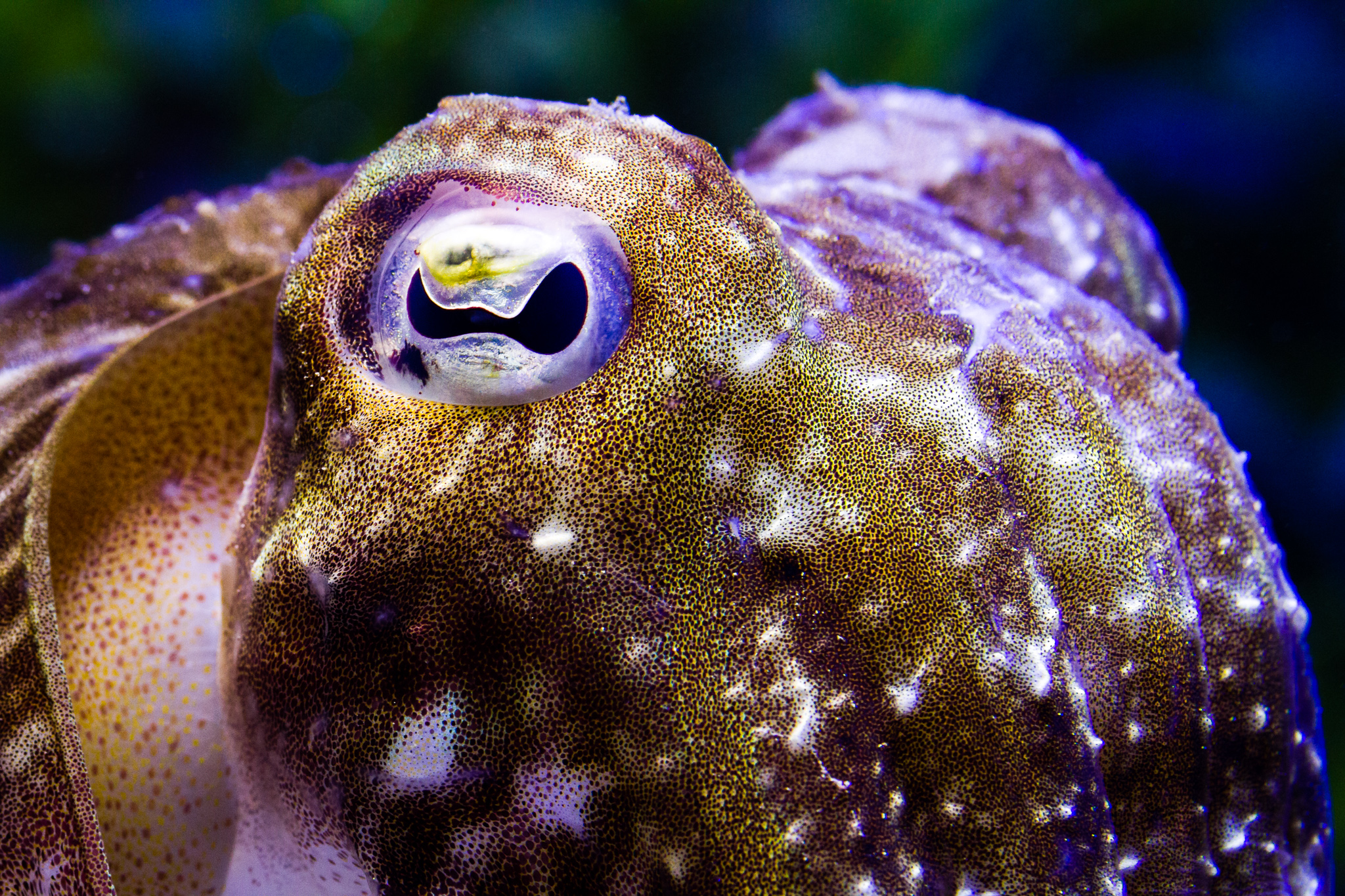Media release
From:
Neuroscience: The complexities of cuttlefish camouflage
The mechanisms with which cuttlefish are able to camouflage themselves, through the control of millions of pigmented skin cells, are more complex than previously thought. The observations, published in Nature, suggest that the system is highly flexible and adaptable, providing new insights into this complex physiological process.
Many cephalopod species are able to camouflage themselves by matching their appearance to their surroundings. This involves a motor system that controls the expansion of several million pigment cells within the skin, known as chromatophores. The generation of skin patterns is dependent on the instinctive coordination of thousands of motor neurons that interpret complex visual scenes, a mechanism of which we have little understanding.
Gilles Laurent and colleagues studied camouflage behaviour in the common cuttlefish (Sepia officinalis) over natural and artificial backgrounds, gathering over 200,000 images that were used to map the colour-change process at a single-cell resolution. Data from these maps indicated that each pattern was highly detailed and that the same background could yield a multitude of different outcomes. These pathways to camouflage were found to involve a form of continuous feedback and the final camouflage was the product of ‘successive error-correction steps’, which indicates that the process is highly adaptable and does not follow a set path each time. The exception to this rule was during ‘blanching’, a defence mechanism in which cephalopods turn pale in response to threatening stimuli. This process was observed to be rapid and direct, and memory retained of the initial camouflage was expressed again once the threat was withdrawn.
These results provide valuable insight into the way that these survival mechanisms interact with one another, and how the complex process of colour-matching is achieved at a cellular level.
Multimedia







 International
International



